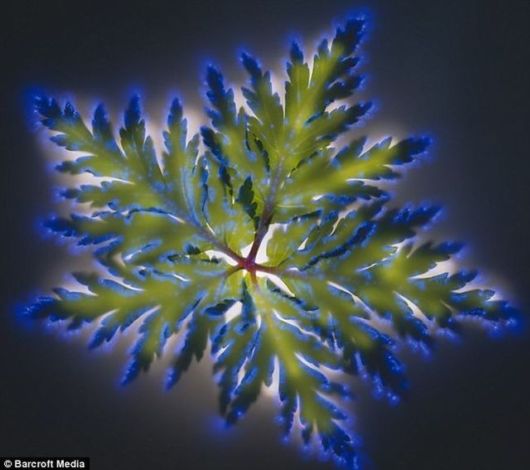
In an article in New Scientist (8/29/15) entitled Power from within it has been announced that for the first time scientists have been able to harvest the energy from inside the body. They have done this by implanting thin layers of metal in the living cells. Essentially what they are harvesting is our Orgone energy (or life force).
At this point they have simply managed to generate 3.73 volts which is about enough to run a pacemaker but as this technology develops, and with the use of amplifiers etc, there would appear to be no limit to the amount of Orgone energy that can be collected. So let’s see just exactly what is this “life force.”
There is a well-known theory of consciousness advanced by Hameroff & Penrose more than 20 years ago, to the effect that the microtubules in the neuron are responsible for generating our consciousness.


 An article in New Scientist (6 December 2014) entitled “Roots of Consciousness” summarizes the growing body of evidence that plants have memory, sensory perception, attentiveness, intelligence and consciousness. Indeed there even exists today the Society for Plant Neurobiology based at the University of Florence in Italy.
An article in New Scientist (6 December 2014) entitled “Roots of Consciousness” summarizes the growing body of evidence that plants have memory, sensory perception, attentiveness, intelligence and consciousness. Indeed there even exists today the Society for Plant Neurobiology based at the University of Florence in Italy.